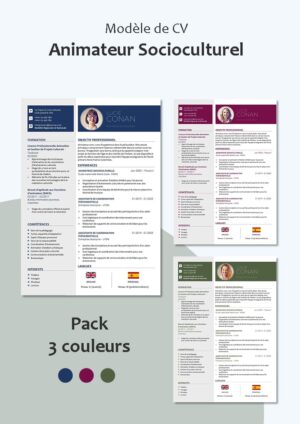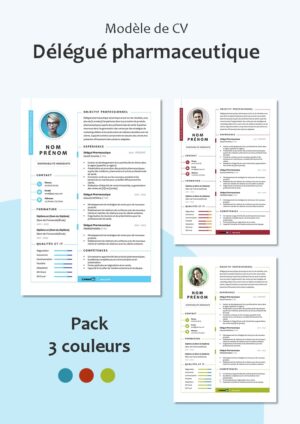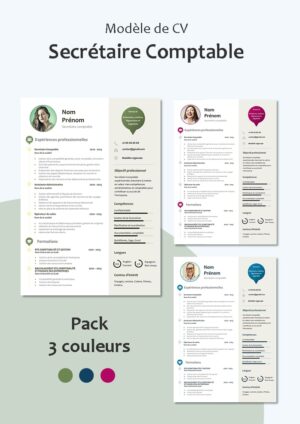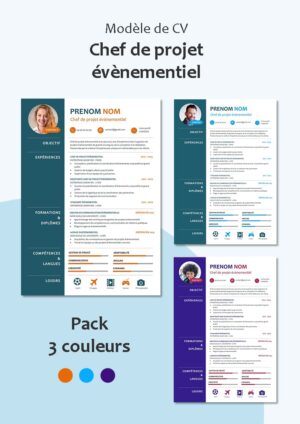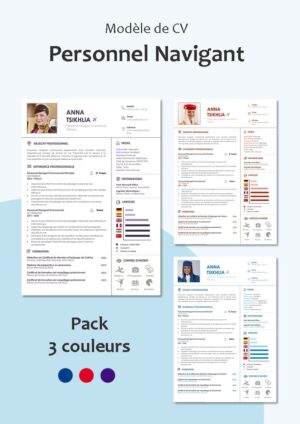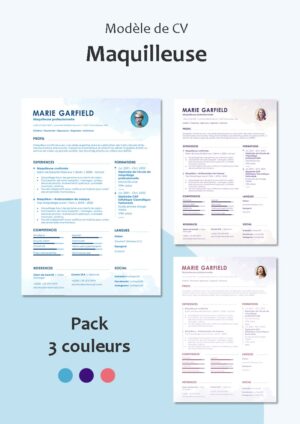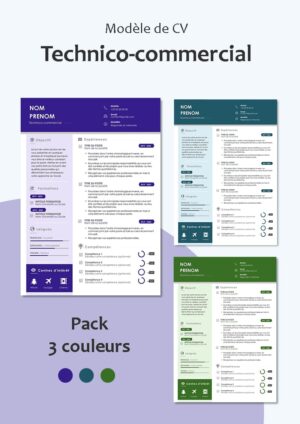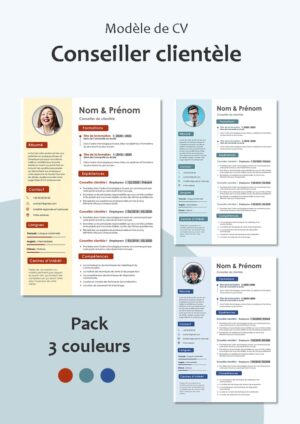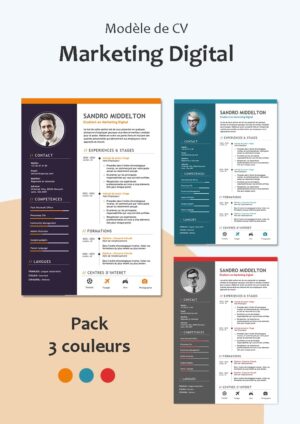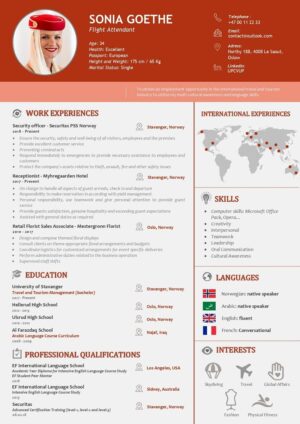How to Write a Resume in 2024: Writing Guide + Examples
[Mastering the Art of Resume Writing]
Fatigué de vous prendre la tête à chaque tentative de rédaction de CV ? Respirez, on a ce qu’il vous faut ! Découvrez notre guide ludique et truffé d’exemples pour maîtriser l’art du CV en 2024. Suivez le guide, et créez un CV qui fait mouche à tous les coups ! 🌟📄✨

Our talents are hired by the best structures
Service de rédaction de CV par des pros !

Recevez votre nouveau CV personnalisé sous 48h.
🏆 Top Templates to Elevate Your Career in 2024 🏆
Before delving into the nitty-gritty, here are a few examples of CVs you can create in just a few minutes, using our easy-to-complete CV templates. Create a professional CV with our library of CV examples for all sectors.
✅ How to Make a Resume in 9 Steps
- Selecting the Ideal Format and Layout for Impact.
- Embedding Personal Details and Contact Information.
- Crafting a Captivating Resume Summary or Objective.
- Showcasing Professional Experiences and Milestones.
- Highlighting Key Skills for a Standout Impression.
- Enriching Your Resume with Extra Sections (Languages, Hobbies, etc.).
- Customizing Your Resume for The Job You Desire.
- Composing a Persuasive Cover Letter That Complements.
- The Final Polish: Thoroughly Reviewing Your Resume and Cover Letter.
Before Diving into the Nuances of Resume Writing, Here’s a Snapshot of Key Essentials and Must-Remember Tips :
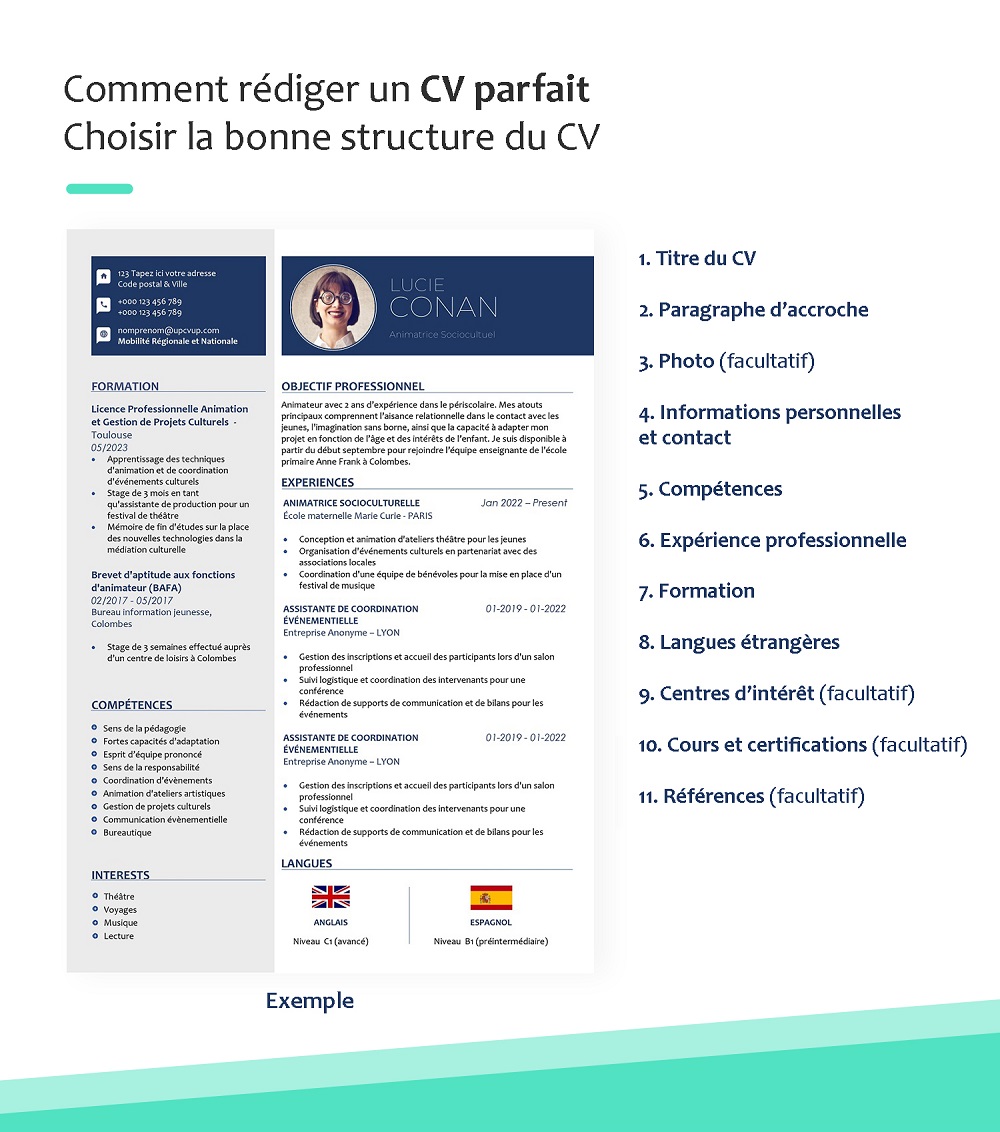
1️⃣ Smart CV Formatting Selection: Opt for a chronological layout in most scenarios.
2️⃣ Include the Right Contact Details: Skip the photo, but make sure to include your job title, a professional email address, and relevant links (like your LinkedIn profile, online portfolio, website, etc.).
3️⃣ Craft a Striking Resume Summary: Unless you’re a newcomer, always lean towards a career summary. Done right, it will entice recruiters to delve deeper into your CV.
4️⃣ Focus on Your Professional Experience: Make this section a highlight by tailoring it to the job ad, quantifying your achievements, and using action verbs.
5️⃣ Add Job-Appropriate Skills: Keep this section relevant by only including necessary technical and interpersonal skills for the role.
6️⃣ Keep the Education Section Concise and Precise: Your most recent and highest degree is enough. Expand this section only if you’re a recent graduate with limited experience.
7️⃣ Leverage Optional Resume Sections: Languages, hobbies, certifications, and independent projects can set you apart from other candidates.
8️⃣ Don’t Overlook the Cover Letter: It’s still crucial in 2024, so make sure to include one. For optimal cover letter crafting, refer to a detailed guide.
Crafting Impactful Resume Content:
With the foundational knowledge of modern trends and the appropriate format, the next crucial step is creating compelling content for your resume. Content is king, and an effective resume should tell a compelling story of your professional journey, highlighting your achievements, skills, and the value you bring to potential employers. Let’s break down key components of impactful resume content:
Contact Information:
Overview: The header section of your resume should feature your name, phone number, professional email address, and LinkedIn profile (if applicable). Ensure this information is accurate and easily accessible.
💡 Tip: Include a personalized LinkedIn URL if you have a well-maintained professional profile.
Professional Summary or Objective:
Overview: The top of your resume should feature a concise professional summary or objective statement. This section serves as your elevator pitch, providing a quick overview of your skills, experiences, and career goals.
💡 Tip: Tailor this section to align with the specific job you’re applying for.
Skills Section:
Overview: A dedicated skills section allows you to showcase key competencies relevant to the job. Include both hard and soft skills, incorporating industry-specific keywords.
💡 Tip: Align your skills with the requirements outlined in the job description.
Work Experience:
Overview: The core of your resume is the work experience section. List your professional experiences in reverse chronological order, including the company name, job title, dates of employment, and a brief description of your responsibilities and achievements.
💡 Tip: Use action verbs and quantify your achievements to add impact.
Education:
Overview: Include your educational background, starting with the most recent degree. Provide details such as the institution’s name, degree earned, major (if applicable), and graduation date.
💡 Tip: If you’re an experienced professional, your work experience takes precedence over education.
Achievements and Impact Statements:
Overview: Supplement your work experience with specific achievements and impact statements. Highlight instances where you made a tangible difference in your role—quantify results whenever possible.
💡 Tip: Showcase how your contributions added value to the organization.
Certifications, Awards, and Honors:
Overview: If applicable, include a section for certifications, awards, and honors. This adds credibility to your qualifications and showcases your commitment to professional development.
💡 Tip: Prioritize certifications that are directly relevant to the job.
Professional Memberships and Affiliations:
Overview: Mention any relevant professional memberships, affiliations, or industry associations. This provides additional context about your involvement in the professional community.
💡 Tip: Focus on memberships that demonstrate your commitment to ongoing professional engagement.
Customizing for Success:
Remember, there is no one-size-fits-all resume. Tailor each section to align with the specific job requirements, emphasizing the skills and experiences most relevant to the position. In the subsequent sections, we will provide detailed insights and examples for crafting each component, ensuring your resume stands out in the competitive job market of 2024.
Q – 1. What’s the Best Resume Format for 2024?
Choose a resume format that aligns with your career path. The chronological format, listing work experience in reverse order, suits those with a steady career trajectory. The functional format, focusing on skills rather than professional history, is ideal for career changers or those with gaps. The combination format blends both, perfect for highlighting a solid career path and specific skills.
Q – 2. How Do I Make My Resume ATS-Friendly in 2024?
To optimize for Applicant Tracking Systems (ATS), use job-specific keywords. These systems scan for terms matching job descriptions. Ensure a clean layout without complex graphics or columns, as ATS may struggle with these formats. Stick to standard headers for sections and avoid unnecessary images or graphics.
Q – 3. Should I Include a Photo on My Resume in 2024?
Generally, it’s not recommended to include a photo on your resume, except in certain countries or industries where it’s customary. In many cases, a photo can introduce unconscious bias. With a growing focus on diversity and inclusion, many companies prefer photo-free resumes to focus on the candidate’s skills and experience.
Q – 4. Should I Tailor My Resume for Each Job Application?
Customizing your resume for each application is key to increasing your chances of selection. This means tailoring your professional summary, skills, and experiences to match the job’s specifics, using relevant keywords to pass ATS filters. This customization also shows employers you’ve thoughtfully considered your application and are genuinely interested in the role.
Q – 5. What Skills Should I Include in My 2024 Resume?
In 2024, include skills relevant to the position and current market trends. This includes specific technical skills for your field and soft skills like communication, problem-solving, and teamwork. Rapid technology and work method changes also value adaptability and digital tool proficiency.
Q – 6. How Should I Present My Professional Experience?
Present your professional experience in reverse chronological order, starting with your most recent position. For each role, include your job title, company name, employment dates, and key points about your responsibilities and achievements. Quantify accomplishments where possible, such as growth percentages, sales targets met, or other success metrics.
Q – 7. Is Resume Length Important in 2024?
Resume length remains important in 2024. Ideally, it should be concise, fitting onto one or two pages. A too-long resume might deter recruiters from reading it entirely, while a too-short one might seem incomplete. Aim to provide enough information to pique interest while being succinct to maintain attention. Experienced professionals might need two pages, while new graduates or those with less experience might fit essential information on one page.
Q – 8. Should I Include References in My Resume?
Directly including references on your resume isn’t necessary. It’s often better to state that references are available upon request. This allows you to inform your references in advance when an employer might contact them and saves valuable space on your resume for more directly relevant information. However, ensure you have a set of references ready to provide if asked by an employer.
Q – 9. How Can I Stand Out with My 2024 Resume?

